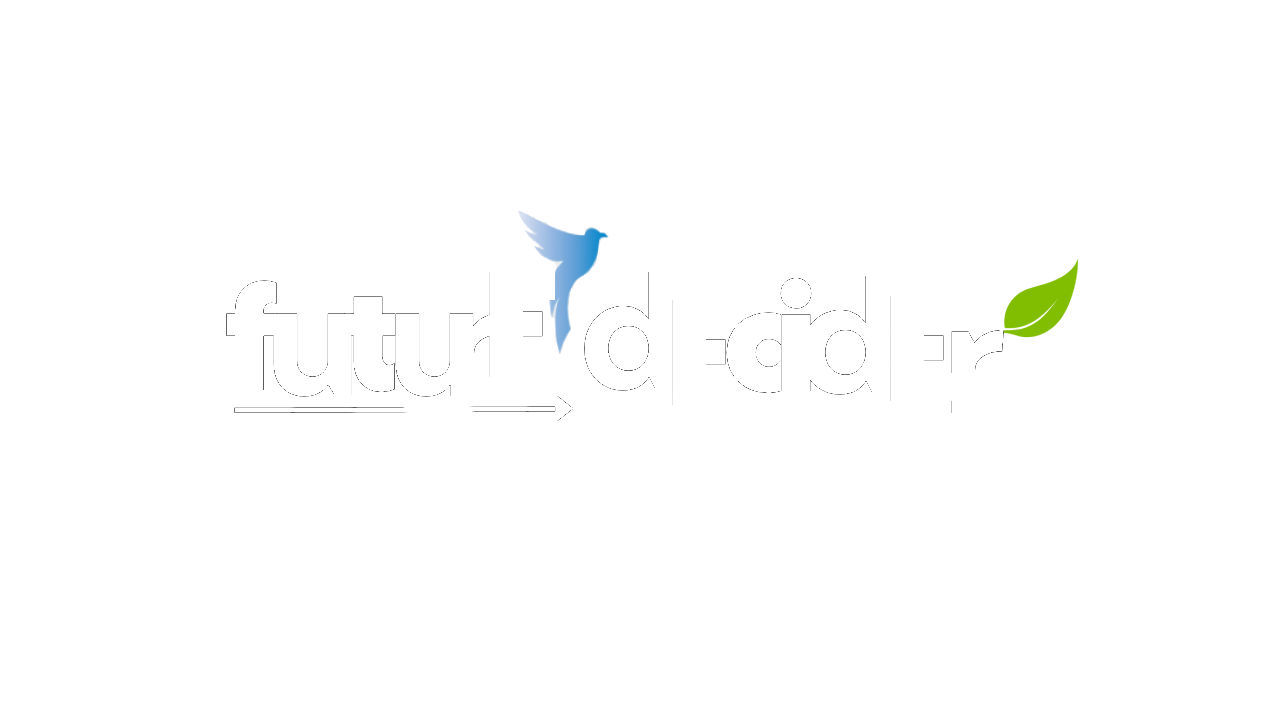Student loans are very important for many who lack financial assistance. But, how to apply for student loans?
Well, if you are looking for a guide to student loans application, then you are in the right place. This is the beginners guide that will help you get student loans, and graduate with ease.
Unless their parents have somehow saved enough money or earn massive salaries, most students need to borrow to pay for college today. Working your way through college is also largely a thing of the past.
Few students can make enough to pay for college while they’re also taking classes. For that reason, student loans and debt have become increasingly common.
Here’s what you need to know about applying:

If your parents haven’t saved up or aren’t earning huge salaries, chances are you’ll have to take out loans to cover your college expenses. Gone are the days when working your way through college was a feasible option.
Nowadays, very few students can manage to earn enough to pay for their education while juggling their coursework.
Consequently, student loans have become a ubiquitous solution to fund higher education. Here’s the lowdown on what you should know when applying.
How to apply for student loans?
Well, in short here are the steps to apply for student loans:
- If you’re looking to apply for federal loans for college, you and your parents will need to complete the Free Application for Federal Student Aid, better known as FAFSA.
- When it comes to federal student loans, there are two main types: subsidized and unsubsidized. Subsidized loans tend to be more cost-effective, provided you meet the criteria.
- Besides federal loans, there are other options available, such as federal PLUS loans for parents and private loans from banks and other lenders.
How to Apply for Student Loans?
Applying for student loans may seem easy. But, it requires certain key steps to be followed which will increase the chances of you getting a student loan.
Here are 4 steps to apply for student loans:
- Step 1: Fill Out the FAFSA
- Step 2: Compare Your Financial Aid Offers
- Step 3: Consider Private Student Loans
- Step 4: Choose Your School
1. Step 1: Fill Out the FAFSA
So, the first thing you gotta do when you’re thinking about applying for student loans is fill out this form called the Free Application for Federal Student Aid (FAFSA). It’s basically a bunch of questions about you and your folks’ income, investments, and other stuff that’s relevant.
Once you’ve filled it out, the FAFSA spits out this thing called your Student Aid Index (SAI), which used to be called the Expected Family Contribution (EFC). This SAI tells you how much the government thinks you should be able to cough up for college expenses for the upcoming year.
You can do the FAFSA online over at the Federal Student Aid website. Pro tip: gather up all your account info beforehand to save yourself some time.
Oh, and here’s the kicker: you gotta fill out the FAFSA not just the first time you apply for aid, but every single year after that if you wanna keep getting help.
2. Step 2: Compare Your Financial Aid Offers
When you apply to colleges, their financial aid offices will take a peek at your FAFSA info to figure out how much financial aid you might need.
They do some math by subtracting your Expected Family Contribution (EFC) from their Cost of Attendance (COA), which covers tuition, fees, room, board, and other stuff. You can usually find the COA on the college’s website.
To fill the gap between what you can pay and what the college costs, they put together a package that might include grants, work-study, and loans. Grants are awesome because you don’t have to pay them back (except in rare cases), and they’re for folks with serious financial need.
It’s crucial to compare the financial aid letters from different colleges. Look at the loan amounts and whether they’re subsidized or unsubsidized.
Subsidized loans are for folks with high financial need, and the government pays the interest while you’re in school. Unsubsidized loans are available to everyone, but interest starts piling up right away.
In 2020, payments and interest on federal loans were paused due to the economic crisis. They start up again in October 2023.
If you need more than what’s offered, there’s the federal direct PLUS Loan, meant for parents of undergrads (or grad students). These have higher limits, covering the full cost of attendance, but parents usually need a good credit score.
Federal loans are often better than private ones because they have lower, fixed interest rates and flexible repayment plans. But there are limits on how much you can borrow each year and overall during your college years.
3. Step 3: Consider Private Student Loans
If you find yourself needing more cash than what federal student loans offer, you can check out private loans from banks, credit unions, or other financial institutions.
Private loans aren’t based on financial need like federal ones are, and you apply for them using the bank’s own forms, not the FAFSA. To snag one, you’ll need a solid credit score or a co-signer with one, like a parent or relative.
Getting student loans with not-so-great credit can be tough. Private lenders look at your income and credit history, and as a college student, you might not have the best credit yet. But some lenders do offer options for students with bad credit.
Usually, private loans have higher interest rates than federal ones, and those rates can change over time, which makes it hard to predict what you’ll owe in the end.
Plus, they don’t have the flexible repayment plans or loan consolidation perks that federal loans do. However, once you graduate, you can refinance private loans, possibly scoring a lower interest rate.
When you get your official acceptance from a college, they’ll also let you know how much aid they’re offering. This usually comes in an award letter. Besides federal aid, colleges might dip into their own pockets to offer you scholarships based on merit or athletics.
4. Step 4: Choose Your School
When you’re picking a college, how much you’ll end up borrowing is a big deal, even if it’s not the only thing to think about. Graduating with a mountain of debt—or, even worse, racking up loans and not finishing school—isn’t just stressful, it can seriously cramp your style for years to come.
Think about what you want to do after college, too. If you’re eyeing a career with a fat paycheck right out the gate, it might make sense to shell out more for tuition.
That way, you’ll be in a better spot to pay off those loans down the road.
Final Thoughts
Alright, so when it comes to covering college costs, student loans are one of the options on the table. You’ve got both private and federal loans, each with its own pros and cons depending on your situation.
Private loans, handled by banks and credit unions, are pretty much like any other loan out there—you’ll need to pass a credit check.
On the flip side, federal loans are usually based on financial need, offering lower interest rates and more flexibility when it comes to paying them back. Bottom line: do your homework, and you’ll find the loan option that works best for you.
Frequently Asked Questions (FAQ’s)
How do you borrow college money under federal loan programs?
Alright, if you’re aiming for a federal loan, the first step is to fill out and send in the Free Application for Federal Student Aid (FAFSA). This form’s gonna ask you a bunch of stuff about you and your folks’ income, investments, and other important bits.
Once you’ve filled it out, the FAFSA crunches those numbers and spits out something called the Student Aid Index (SAI). That SAI figure helps determine how much moolah you can get to help out with your college costs.
What are some advantages of Federal Loans over Private?
So, federal loans come with pretty low, fixed interest rates, which is nice. Private loans, on the other hand, can have rates that change, so you might end up paying more. Plus, federal loans offer all sorts of repayment plans to fit your situation, which is super handy.
Private loans aren’t like federal ones—they don’t care about your financial needs. But here’s the catch: to snag a private loan, you’ll probably need a decent credit score.
If yours isn’t up to snuff, you might need someone to vouch for you by co-signing the loan. Oh, and private loans can let you borrow more than federal ones, so there’s that to consider too.
What are the differences between Direct Subsidized Loans and Direct Unsubsidized Loans?
Alright, so direct subsidized loans, kinda like grants, are for students who really need the help financially. Here’s the cool part: while you’re in school at least half-time and for the first six months after you graduate, the U.S. Department of Education takes care of the interest on these loans.
Now, direct unsubsidized loans, they’re a bit different. They’re up for grabs for anyone, regardless of financial need. But here’s the kicker: interest starts building up right away, as soon as you get the loan.

Hey, I am Sachin Ramdurg. I run and manage futuredecider.com website that helps students, graduates, and professionals, to find and decide on their future career with ultimate future career advices and future career guides. I have an overall 12+ years of career guidance experience in multiple domains which has helped multiple students, graduates, and professionals to find the best career path for their future.
